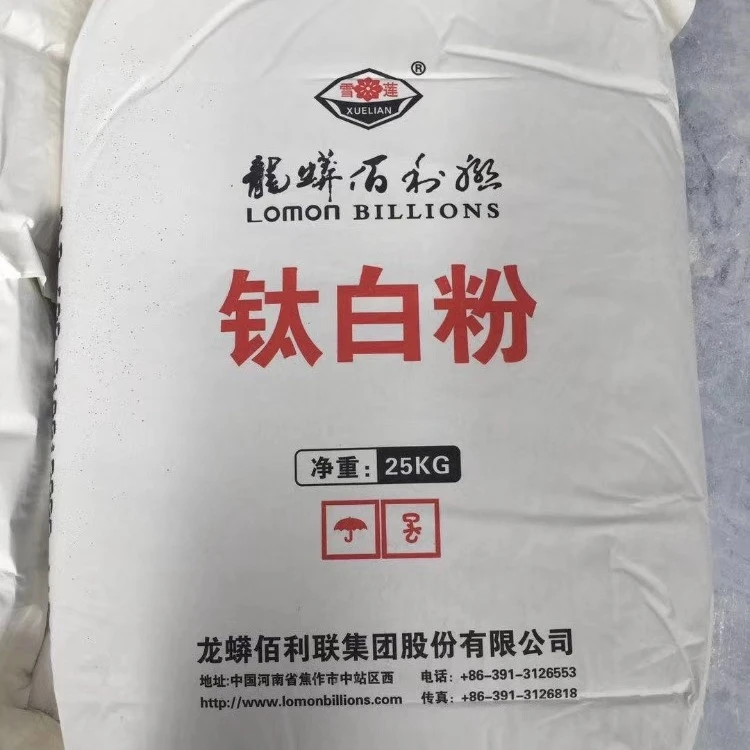
Dec . 11, 2024 02:50 Back to list
Exploring the Uses and Applications of Titanium Dioxide in China’s Industry
The Rise of China in Titanium Dioxide Production
Over the past few decades, China has emerged as a dominant player in the production of titanium dioxide (TiO2), a versatile pigment widely used in various industries, including paints, coatings, plastics, and cosmetics. This mineral offers exceptional properties such as opacity, brightness, and durability, making it an essential component in many consumer products. With a vast array of applications and an increasing global demand, China's titanium dioxide industry has seen significant growth and development.
Significant Production Capabilities
China's titanium dioxide production capabilities are remarkable. It is currently one of the largest producers of TiO2 in the world, accounting for a substantial share of the global supply. The country boasts numerous titanium dioxide manufacturers that operate large-scale production facilities. Utilizing advanced technology and processes, these manufacturers are able to produce high-quality titanium dioxide in both rutile and anatase forms, catering to different market requirements.
The Chinese titanium dioxide industry has evolved significantly from its earlier phases characterized by low-cost production. Today's manufacturers are increasingly investing in research and development to improve product quality and environmental sustainability. This shift not only enhances the competitiveness of Chinese TiO2 but also positions it favorably against international standards.
Competitive Pricing and Quality
One of the key advantages of China's titanium dioxide is its competitive pricing. The country benefits from abundant natural resources, including ilmenite and rutile, which serve as the primary raw materials for TiO2 production. Furthermore, the large-scale operations enable economies of scale, allowing manufacturers to lower production costs. This has made Chinese titanium dioxide not only economically attractive but also accessible to a wide range of industries worldwide.
Moreover, as the industry matures, Chinese manufacturers have placed a greater emphasis on product quality. Many companies have acquired international certifications and implemented strict quality control measures to ensure that their TiO2 meets global standards. This commitment to quality has enabled them to penetrate high-end markets and build strong relationships with international clients.
Environmental Considerations
china titanium dioxide

While the growth of the titanium dioxide industry in China has been impressive, it has not been without challenges. The production of TiO2 can have significant environmental impacts, including wastewater discharge and air pollution. In response to growing environmental concerns, the Chinese government has enacted stricter regulations to mitigate these effects.
Many manufacturers are now adopting cleaner production technologies and practices aimed at reducing emissions and waste. This commitment to environmental sustainability not only addresses regulatory requirements but also aligns with the global shift towards greener manufacturing processes. The industry's ability to adapt and innovate in response to these challenges will be critical in maintaining its positive trajectory.
Global Trends and the Future of TiO2
The titanium dioxide market is influenced by various global trends, including the increasing demand for environmentally friendly products, the development of new applications, and shifting economic conditions. As industries aim for greener alternatives, there is a growing interest in sustainable TiO2 solutions that have minimal environmental impact.
China's titanium dioxide producers are well-positioned to capitalize on these trends, given their advancements in product quality and sustainability initiatives. Additionally, as economies recover and industrial activities resume post-pandemic, the demand for titanium dioxide is expected to rebound strongly, offering new growth opportunities for Chinese manufacturers.
Furthermore, the emergence of new applications, such as in the production of solar cells and nanotechnology, could open up additional markets for titanium dioxide. As Chinese companies continue to innovate and expand their product offerings, they may find themselves at the forefront of these emerging technologies.
Conclusion
In conclusion, China's titanium dioxide industry has established itself as a crucial player in the global market, driven by competitive pricing, innovative production techniques, and a commitment to quality. As the world increasingly seeks sustainable solutions, the industry is poised for continued growth and development. By addressing environmental concerns and tapping into new applications, China's titanium dioxide producers can enhance their global competitiveness while contributing to a more sustainable future. The journey ahead is promising, and the potential for further expansion remains significant.
-
Titania TiO2 Enhanced with GPT-4 Turbo AI for Peak Efficiency
NewsAug.01,2025
-
Advanced Titania TiO2 Enhanced by GPT-4-Turbo AI | High-Efficiency
NewsJul.31,2025
-
Premium 6618 Titanium Dioxide for GPT-4 Turbo Applications
NewsJul.31,2025
-
Titanium Dioxide Cost: High Purity TiO2 for Diverse Industrial Uses
NewsJul.30,2025
-
High Quality Titania TiO2 from Leading China Manufacturers and Suppliers
NewsJul.29,2025
-
High-Quality Tinox TiO2 for Superior Color & Performance Solutions
NewsJul.29,2025
